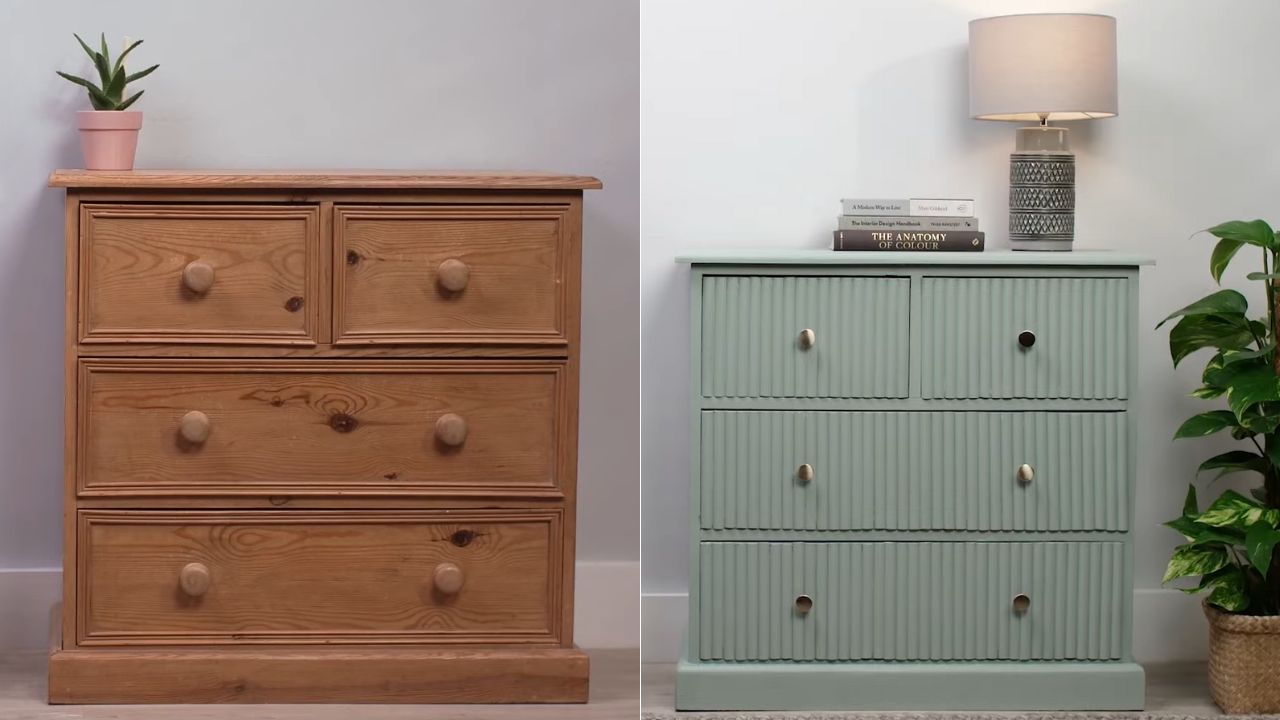Upcycling allows you to express your creativity and make your furniture truly unique. You can choose colors, patterns, and designs that reflect your personal style.
To be honest, I first discovered upcycling when I couldn’t afford new furniture for my apartment. Besides saving money, I discovered a great way to let my personality and artistic side shine.
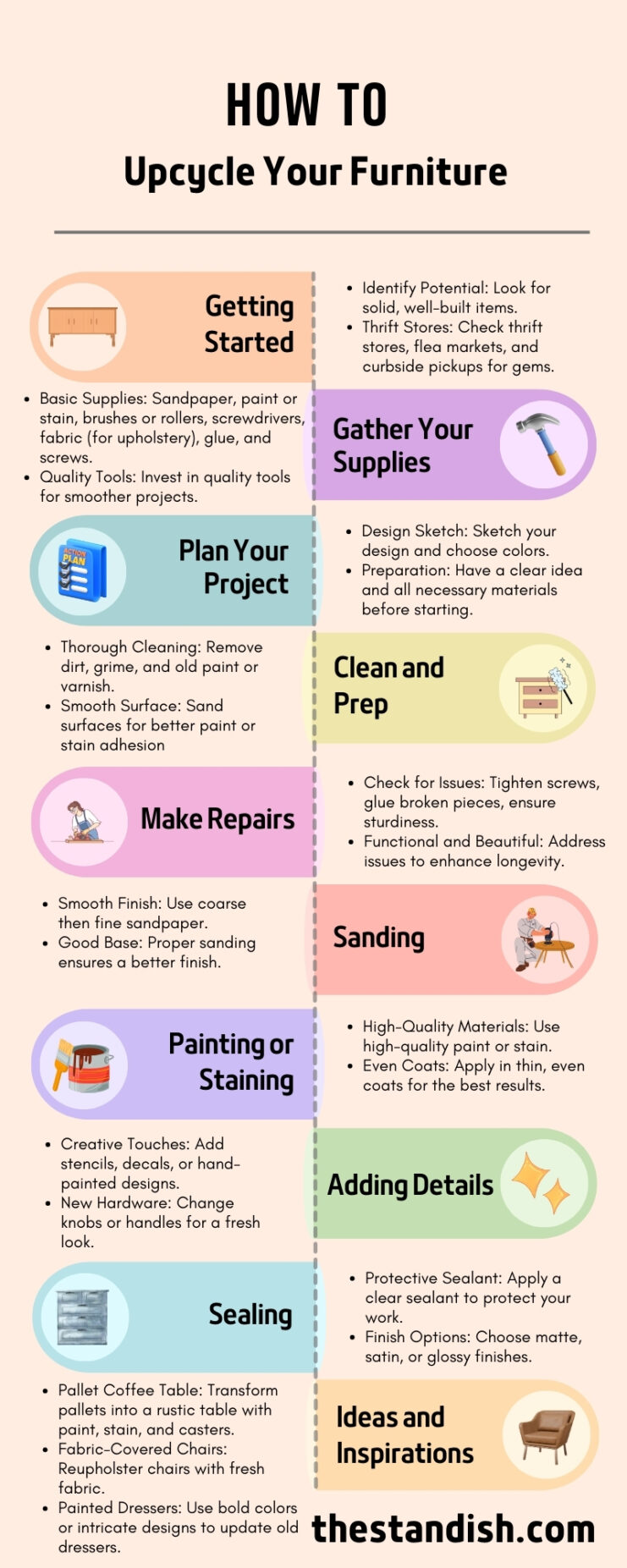
Getting Started
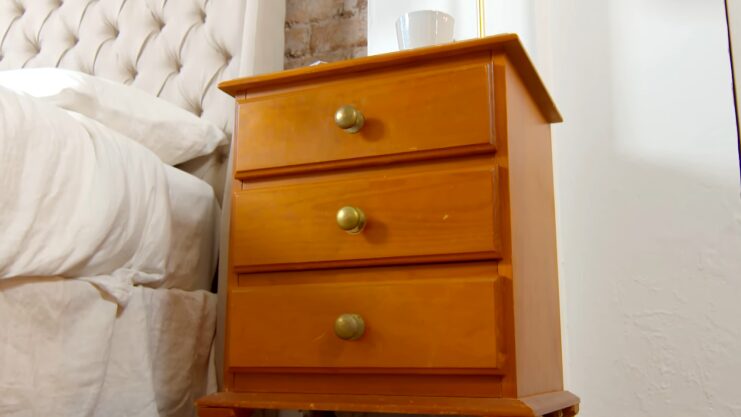
Start by identifying pieces that have potential. Look for solid, well-built items that are structurally sound. Avoid anything with extensive damage that might be difficult to repair.
Check thrift stores, flea markets, and even curbside pickups for hidden gems. Sometimes, a piece that looks rough at first glance can be transformed with a little effort.
Gather Your Supplies
Here’s a basic list of supplies you’ll need:
- Sandpaper
- Paint or stain
- Brushes or rollers
- Screwdrivers
- Fabric (for upholstery projects)
- Glue and screws
Consider investing in quality tools that will last through multiple projects. Having the right supplies can make the process smoother and more enjoyable. Don’t forget to gather any additional decorative items you might need, like stencils or new hardware.
Plan Your Project
Before you start, have a clear idea of what you want to achieve. Sketch your design, choose your colors, and decide on any additional materials you’ll need. Consider the style and function of the piece within your space.
Planning helps ensure you have everything you need before you start. It also helps you visualize the final result and stay motivated throughout the process.
Clean and Prep
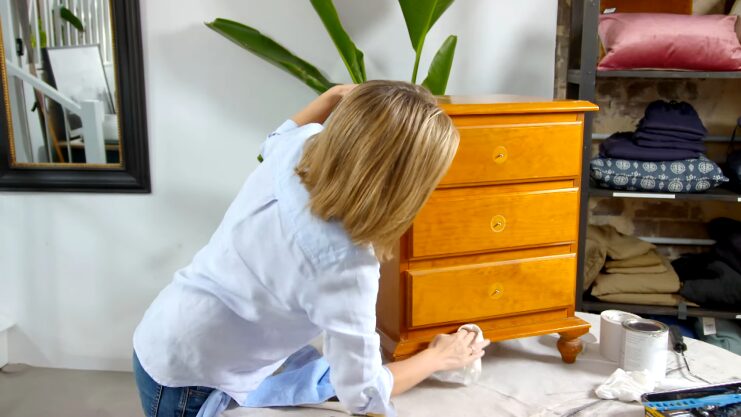
Clean your furniture thoroughly to remove dirt, grime, and old paint or varnish. Use sandpaper to smooth the surfaces and prepare them for painting or staining. A clean, smooth surface ensures better adhesion of paint or stain.
This step is crucial for achieving a professional-looking finish. Don’t skip it, even if it seems tedious.
Make Repairs
Check for any loose screws, broken parts, or structural issues. Tighten screws, glue broken pieces, and make sure everything is sturdy.
Addressing these issues early on prevents further damage. It’s important to ensure the piece is functional as well as beautiful. Taking the time to make thorough repairs will enhance the longevity of your upcycled item.
Sanding
Sanding is crucial for a smooth finish. Use coarse sandpaper to remove old paint or varnish, and then switch to finer sandpaper for a smooth surface. Proper sanding creates a good base for the new finish.
It helps to remove imperfections and prepares the surface for primer and paint. Remember to wipe away dust after sanding to avoid a gritty finish.
Painting or Staining
Choose high-quality paint or stain. Apply primer if necessary, then paint or stain your furniture in thin, even coats. Let each coat dry thoroughly before applying the next.
Using multiple thin coats helps prevent drips and ensures an even finish. Take your time to achieve the best results. The color and finish can dramatically change the look and feel of the piece.
Adding Details
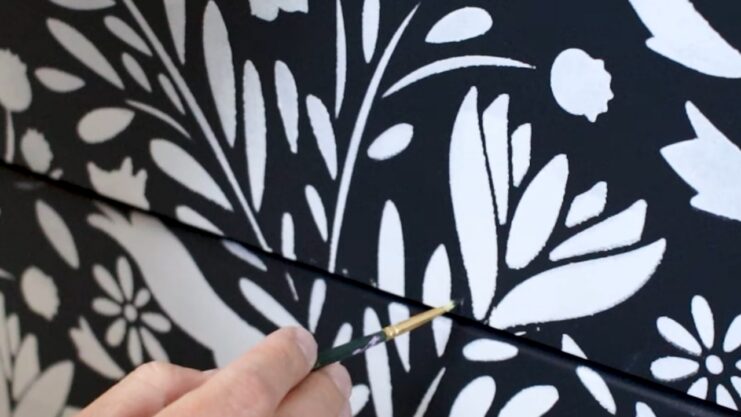
This is where you can get creative. Add stencils, decals, or hand-painted designs. Consider changing knobs or handles for a fresh look.
These details personalize your piece and make it unique. Think about the overall aesthetic and how each element contributes to the final look. Small changes can have a big impact.
Sealing
Finish with a clear sealant to protect your work and ensure it lasts. Choose a finish that suits your project, such as matte, satin, or glossy.
A good sealant protects against scratches and wear. It also enhances the color and finish of your piece.
Make sure to apply it in a well-ventilated area and follow the manufacturer’s instructions for the best results.
Upcycling Ideas and Inspirations
Pallet Coffee Table

Transform wooden pallets into a rustic coffee table. Sand the pallets, paint or stain them, and add casters for easy movement.
This project is relatively simple and results in a functional, stylish piece. You can customize it with different stains or paint colors to match your decor. Adding a glass top can elevate the look and make it more polished.
Fabric-Covered Chairs
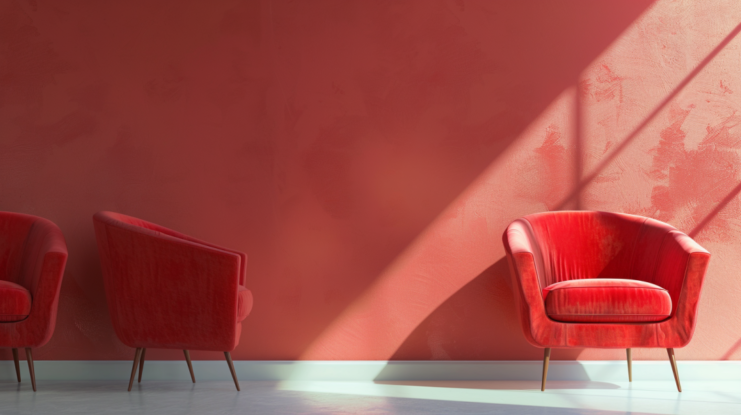
Give old chairs a new look by reupholstering them with fresh fabric. Remove the old fabric, replace the padding if necessary, and staple the new fabric in place.
This can transform a worn-out chair into a statement piece. Choose fabrics that complement your room’s color scheme. It’s a great way to incorporate patterns and textures into your space.
Painted Dressers
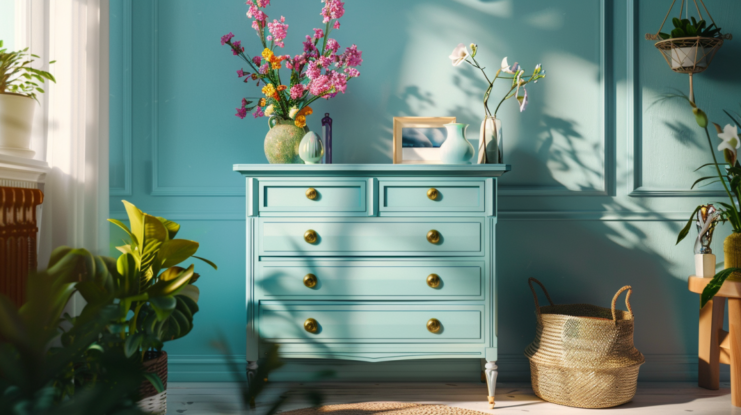
A fresh coat of paint can work wonders on an old dresser. Consider bold colors or intricate designs to make a statement piece. You can also add new hardware for an updated look.
This project allows for a lot of creativity and personalization. Whether you go for a sleek, modern look or a vintage, distressed finish, the possibilities are endless.
How to Succeed
Start Small
Begin with simple projects to build your confidence. As you gain experience, you can tackle more complex pieces.
Small projects are less intimidating and allow you to practice new techniques. They also provide quick wins that keep you motivated. Consider starting with items like picture frames or small side tables.
Take Your Time
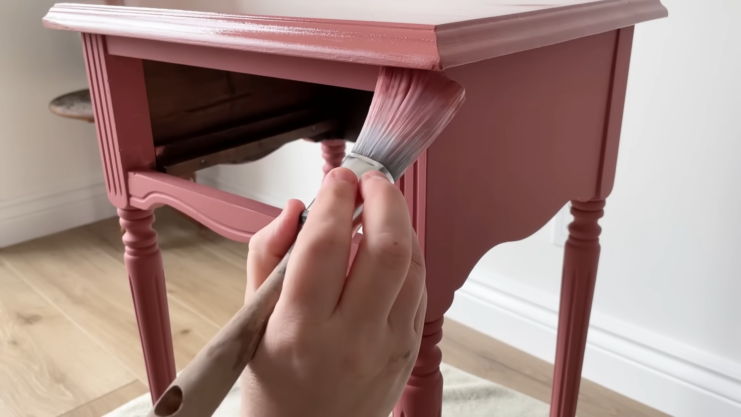
Don’t rush the process. Each step is important for a professional-looking finish. Taking your time ensures each phase is done correctly.
It’s better to spend a little extra time on each step than to rush and regret it later. Enjoy the journey as much as the finished product.
Learn and Experiment
There are countless techniques and materials to explore. Watch tutorials, read blogs, and experiment with different methods.
Each project is a learning opportunity. Don’t be afraid to try something new or unconventional. Your unique approach is what makes each piece special.
Safety first! Always wear protective gear, such as gloves and masks, when working with tools and chemicals. Safety is paramount to ensure a fun and injury-free experience. Proper ventilation is also crucial when using paints and solvents. Take breaks and work in a clean, organized space to prevent accidents.
In Summary
Upcycling is an awesome way to give your old furniture a fresh start. It’s a chance to get creative and help the environment at the same time. This guide will help you kick off your upcycling with confidence.
